A large collection of old motorcycles is often a depressing sight; the usual scenario is rows of desirable machines, which could best give pleasure if taken out on the road, yet are left to gather dust like a Chinese warrior army, holed up in someone’s barn or warehouse, waiting for Godot…The Vintagent Road Tests come straight from the saddle of the world’s rarest motorcycles. Catch the Road Test series here.
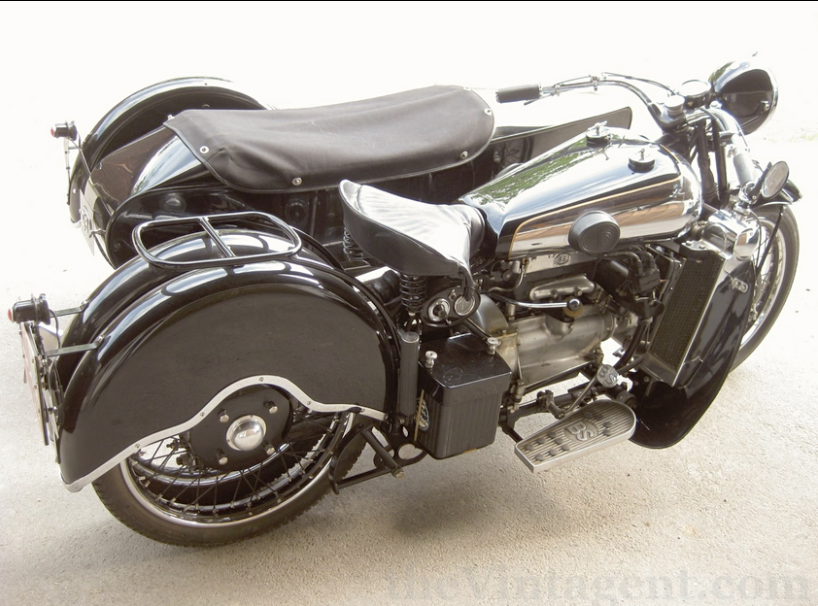
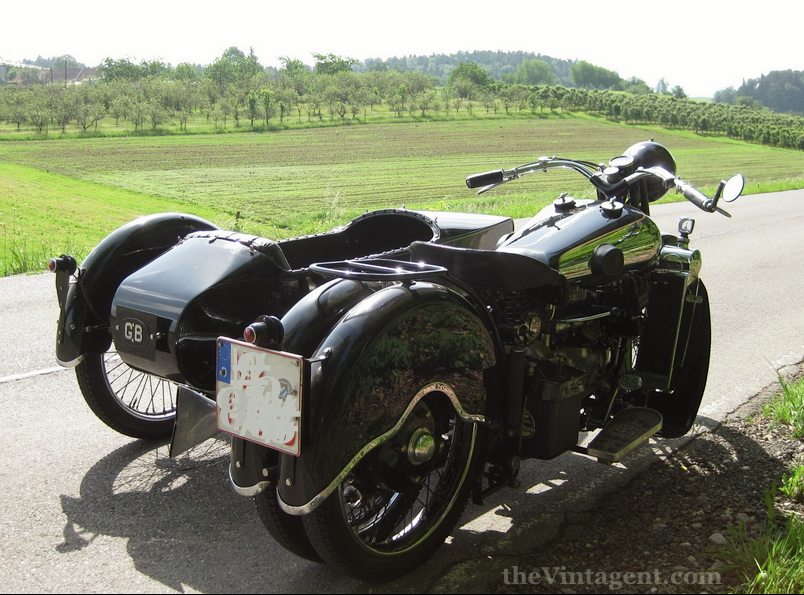
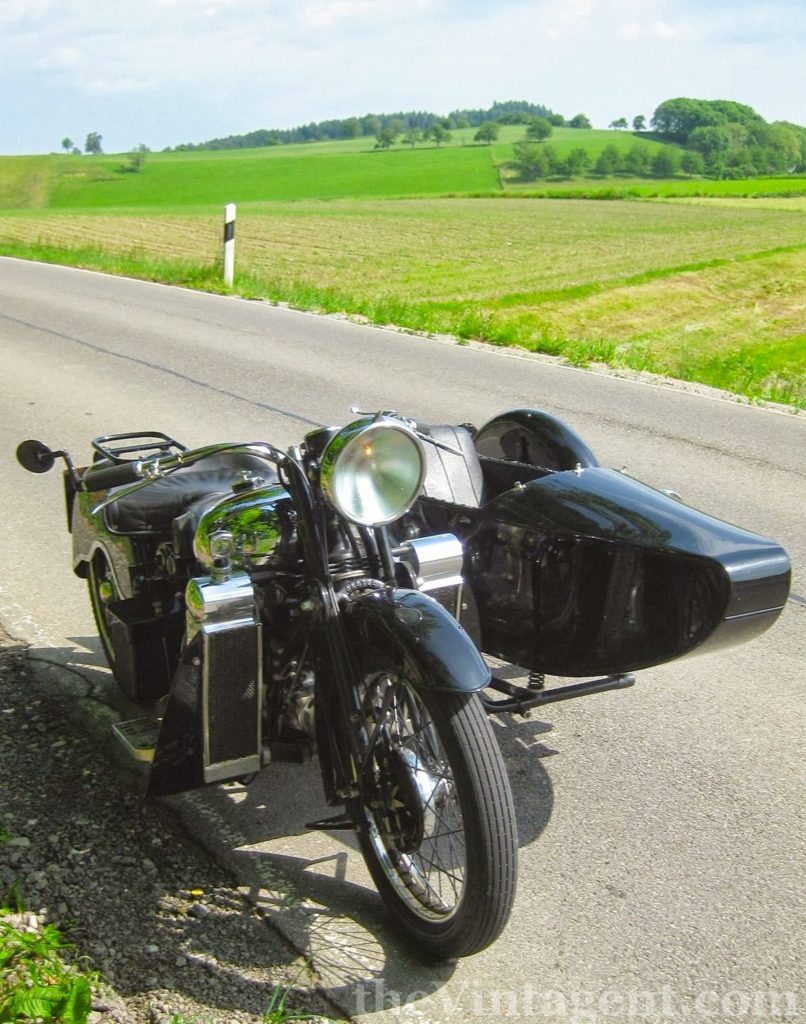
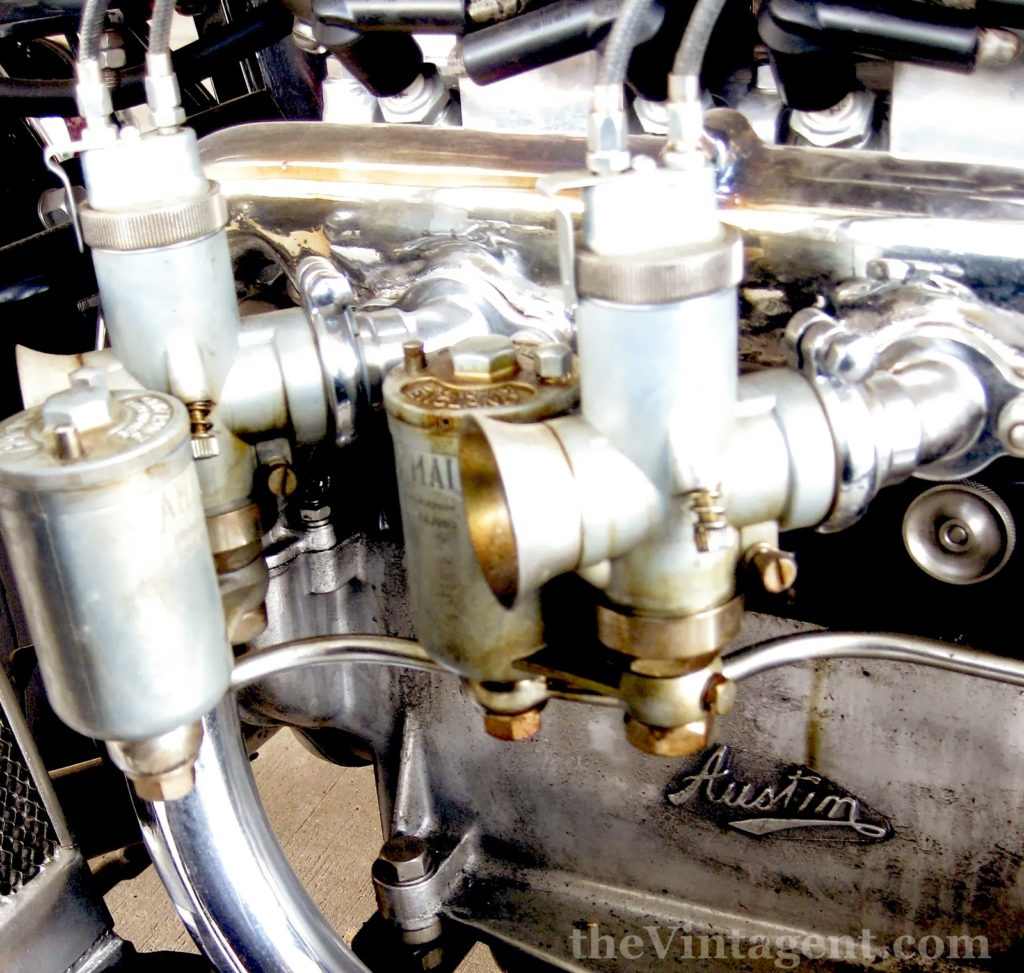
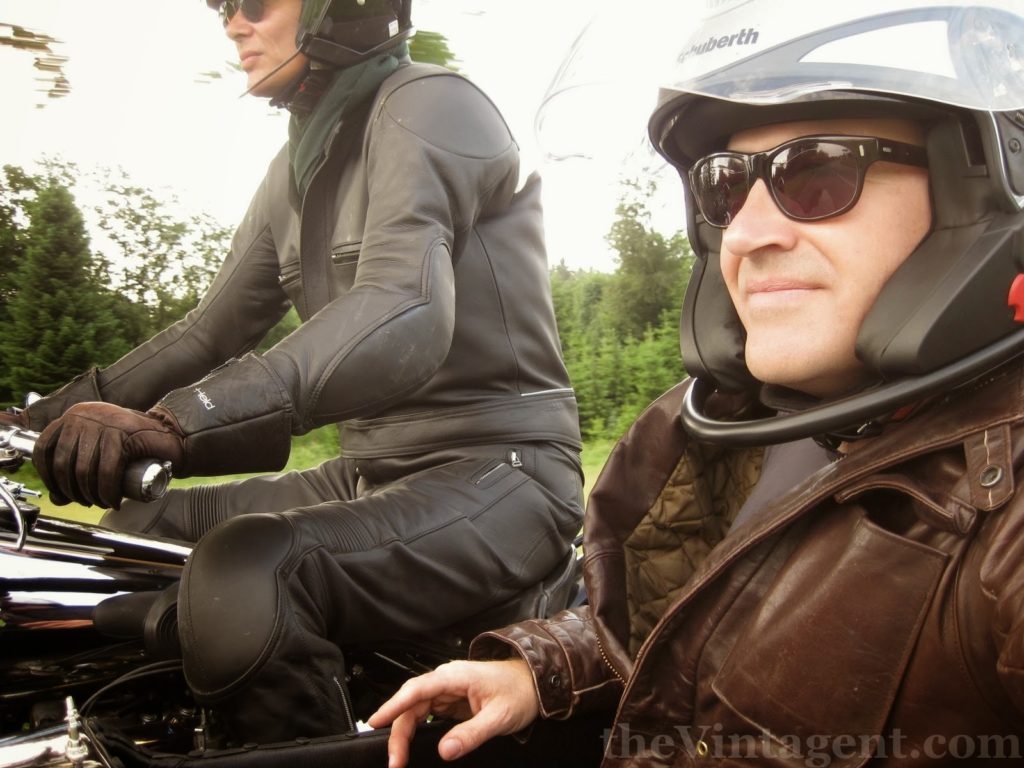
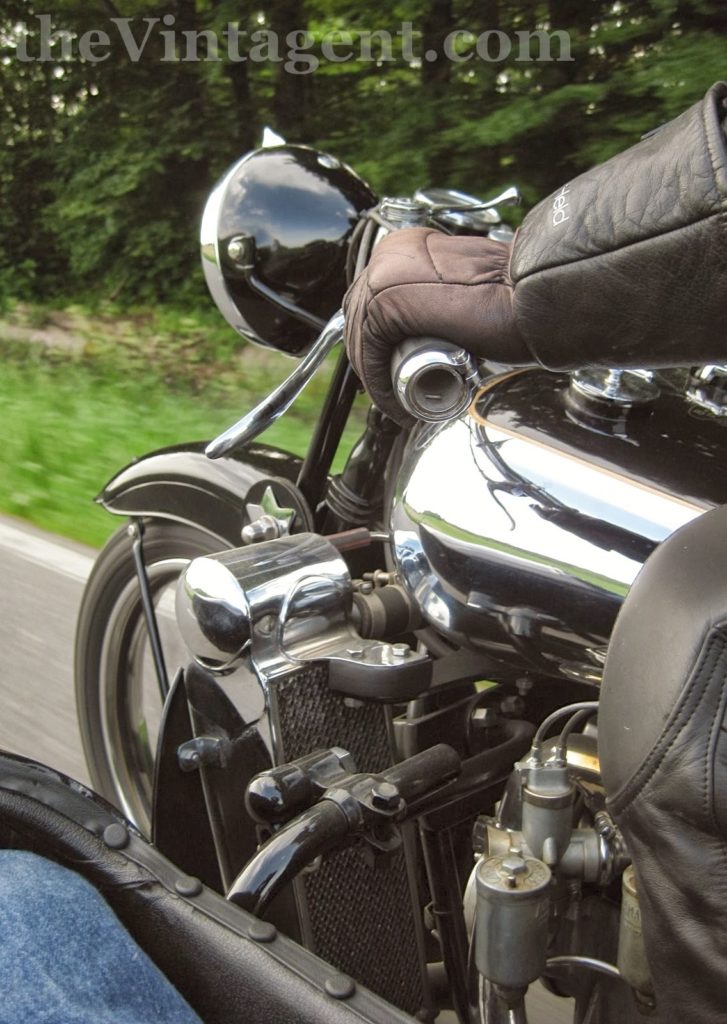
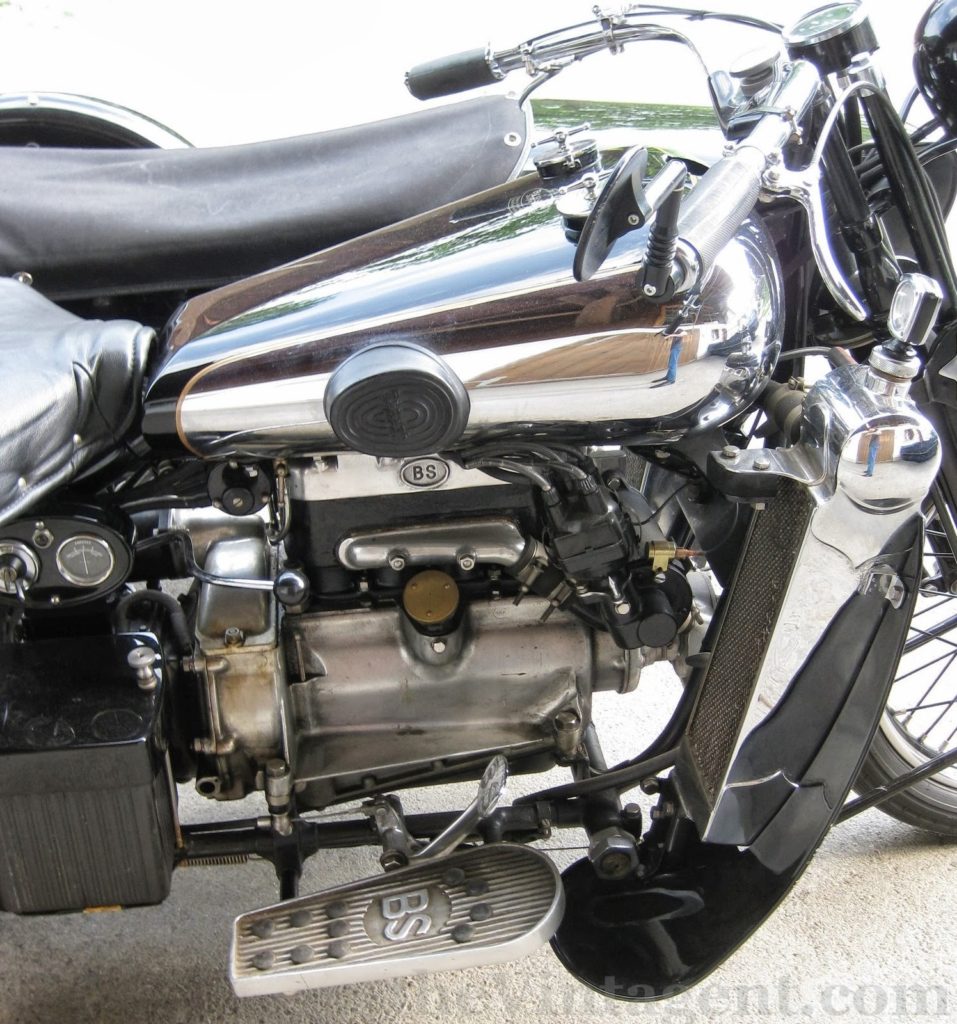
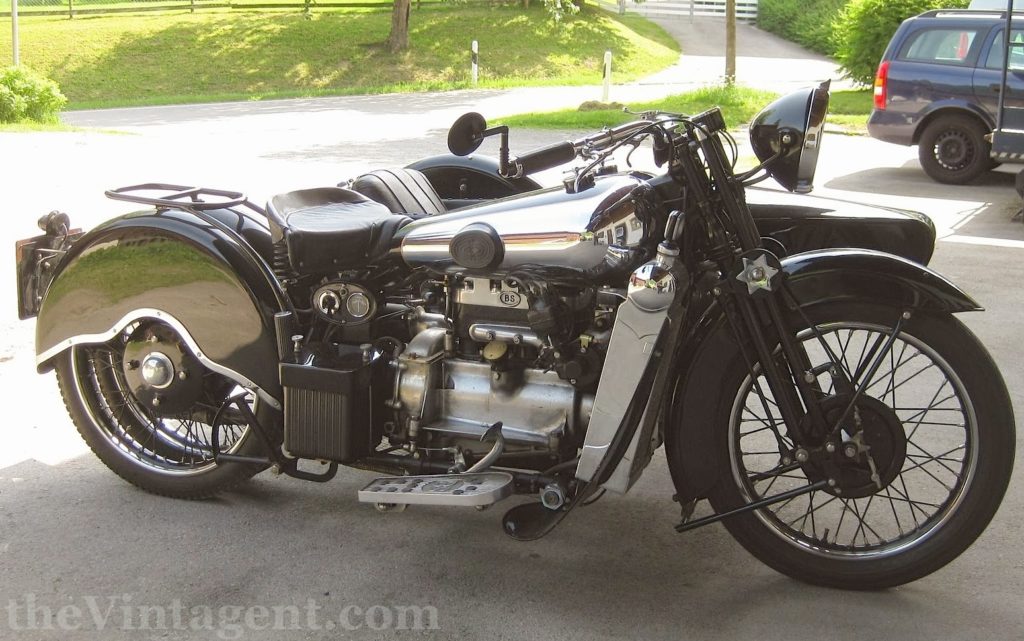
So, now it’s my turn. First, familiarize self with gearchange, which is a car shift turned to face forward – a strange pattern, but it makes sense once the beast is underway. Second, familiarize myself the the brakes… and I know from experience that the front is no ‘stopper’ – totally useless. The rear brake with ‘BS’ cast into the pedal is more reassuring, and hauls the heavy (700lbs?) four-wheeler down rapidly. Third, where the hell is the throttle? Indian-style, it’s on the left ‘bar, which will take a moment of getting used to, especially as the clutch lever is next to it. Luckily, there’s a foot clutch as well, which becomes my preferred device – too akward to feather the clutch and open the throttle with one hand.
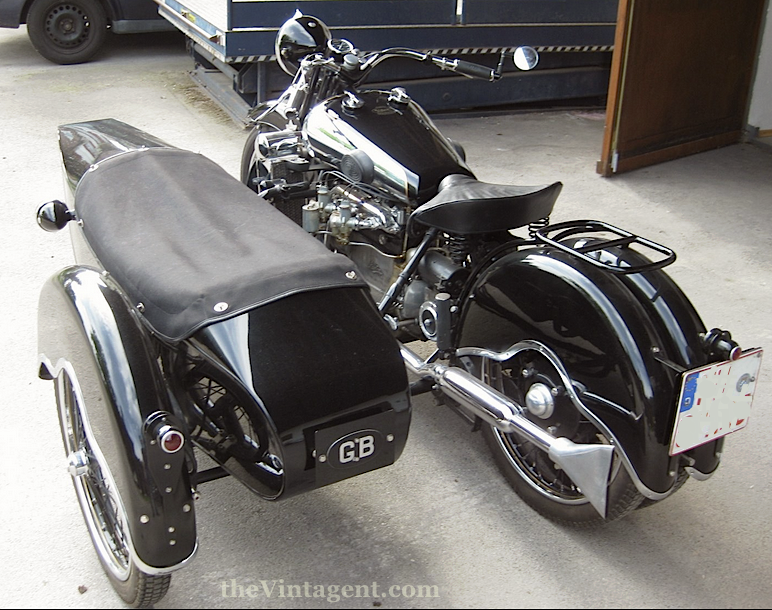
Curious about the ride? Take a spin yourself:
I can say, hand on heart, that this is the nicest motorcycle pulling a sidecar that I’ve ever ridden, and I’ve ridden all manner of outfits; German, English, Yank, Jap. There is a feeling of tireless solidity about the machine, the engine just feels very right, the handling is, well, Superior. George Brough was a great advocate and rider of sidecar machines, and all of his bikes work well pulling a mate, but this one is better. I’m not sure one can pinpoint exactly what makes it so good, but it is, for all of the novelty and rarity, an incredibly relaxing motorcycle to ride. There’s no point in hurrying, as the ride itself is the point, and I think I just called this Brough Superior a Zen motorcycle. My expectations were completely overturned… unlike the outfit…
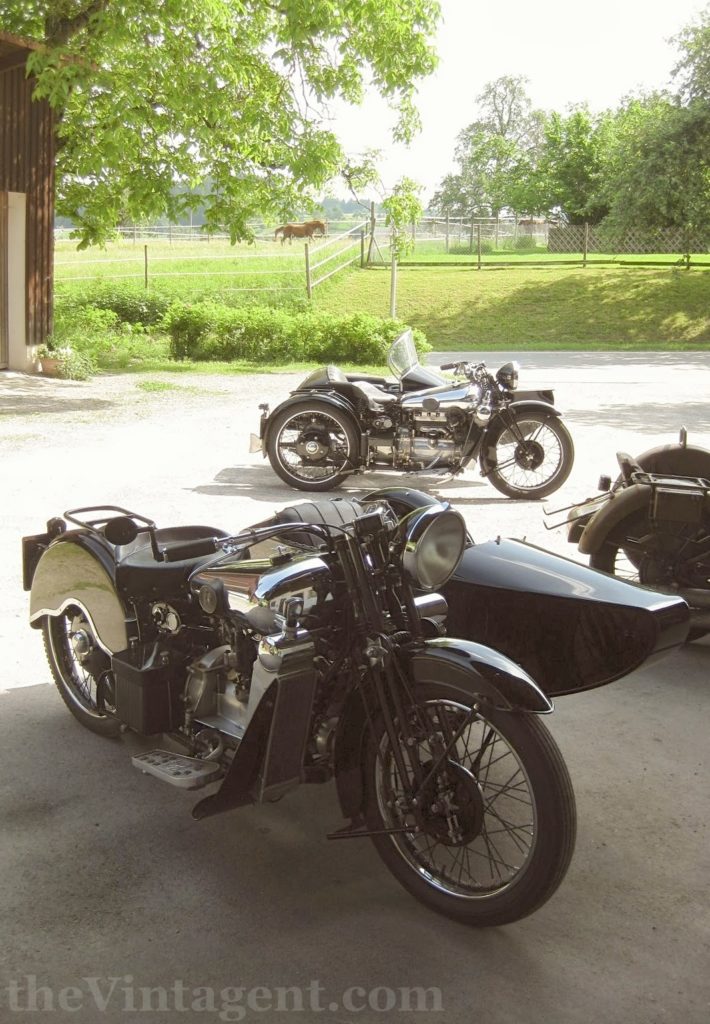
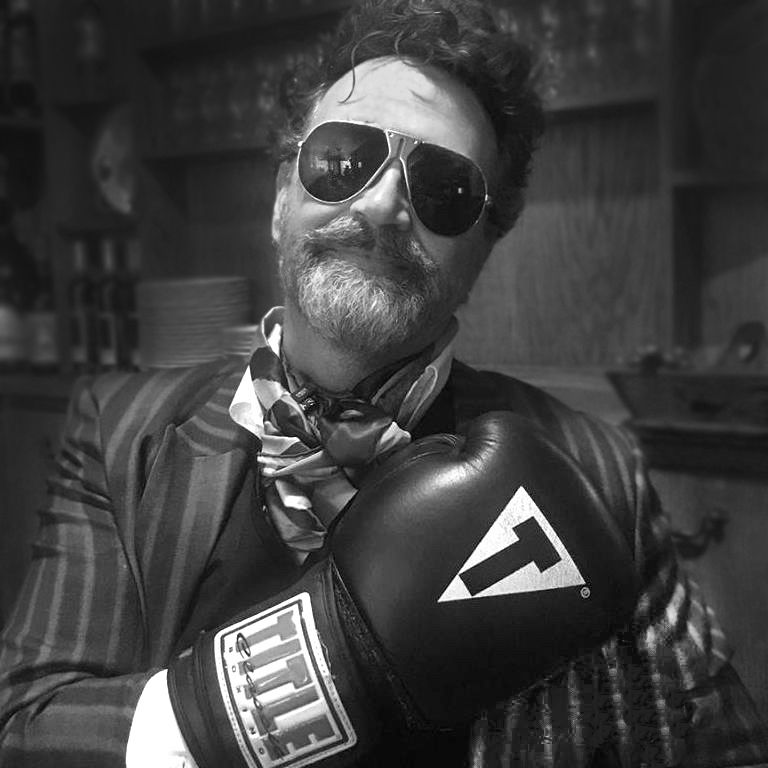

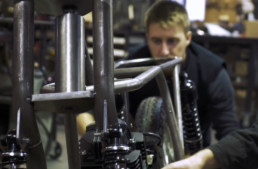
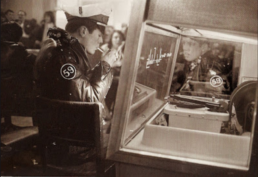
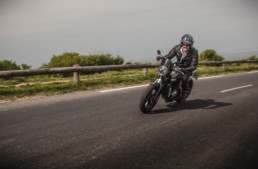
Hi Paul how life can be better … ?
happy to see you’re having a great time in Germany
F
oh oh_I see serious competition with the French_but we havn’t said our last word yet_cheers & hello Austria
Pablo,
Keep making me grin! Glad to see you’re enjoying Europe – you deserve it – while educating simpletons like me.
Cheers,
JZ
its a austin ruby engine i learned to drive on one in a 30, something austin ruby dave
lord Austin of Longbridge to use his official was bert austin to his friends , used the same enginge in japan under the datsun banner , in germany with BMW under the dixi banner and the us of a under the bantam banner , is that enuff banners ? dave
Nice blog.I remember it sitting forlornly at Kalka’s shop in Oakland. Really looks nice now.
I may have a little blog for you soon on a ride we did in the Smoky Mountains.
Somer
Hi Paul,
I was checking your site and was reading about the Brough. I was amazed at seeing one restored since I saw one in restoration in 90 or 91. As I kept reading, I noticed it was the same one in Oakland. At the time, Kalka had 4 or 5 Series A Twins. Wished I would have purchased one, but they disappeared quickly when he got in trouble again. My 42 Indian Four I purchased was parked in the same room as the A Twins.
When he had the Auction in Sam Mateo, I bid against Somer Hooker and won a 1935 A Single for $6500.00. Ran across the current owner at the Clubman show last year and he told me it’s one of the very early ones. Proabaly should have kept it.
Enjoy reading your site.
Dan
Paul:
I don’t remember you by name, but might by face.
Nice story about the Austin Brough, even though you feel it necessary to drag me through the mud. Well, it’s a free press.
Yours,
Ben Kalka
I am Building a replica of a BS4 using original parts from 1933 where possible
One of the blown works racers managed I think a 127mph lap of Brooklands. Imagine if that delectable little jewel had been installed.